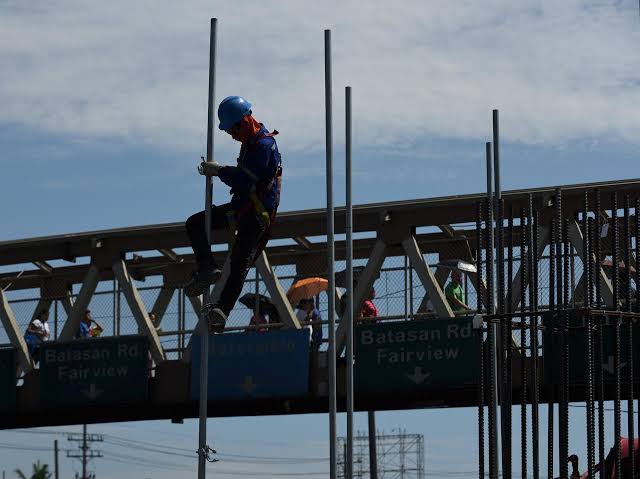
MANILA – Increased government spending, particularly for infrastructure, is pump-priming the economy, paving the way for the Philippines to become a high-income country, government officials said.
In a Palace economic briefing on Wednesday, Presidential Communications Operations Office (PCOO) undersecretary Lorraine Badoy said the country’s infrastructure spending has increased to over five percent of the gross domestic product (GDP) and is expected to reach seven percent of GDP by 2022 under the Duterte administration’s infrastructure program.
Badoy said big-ticket infrastructure flagship projects are part of the overall “Build, Build, Build” program comprising more than 10,000 smaller infrastructure projects that are improving the lives in the provinces and the countryside.
“Ang pagtugon sa infrastructure gap ay siya ring magtutulay sa ating bansa tungo sa ating mithiin sa ilalim ng Ambisyon Natin 2040 na makamit ang high-income country status sa loob lamang ng isang henerasyon,” she said.
Ambisyon Natin is the Philippine government’s 25-year long-term vision for growth and development.
Vivencio Dizon, president and chief executive officer of the Bases Conversion and Development Authority (BCDA), said the Philippine economy was projected to accelerate up to eight percent by 2022.
“This is the fastest growth rate that the country has or will be experiencing by the time the President ends his term in 2022,” he said, attributing economic growth to government spending and massive growth of the construction industry.
Dizon said in the first three years of Duterte’s administration from 2016 to 2018, almost P1 trillion was already spent on infrastructure compared with previous administrations.
The construction sector also grew double-digit even above 15 percent during the three-year period, he added.
“So, what does this tell us? It tells that there is a lot of activity in construction and in particular, there is a lot of activity in public sector construction – meaning in government construction or government projects,” Dizon said.
He said 38 of the 100 flagship infrastructure projects are targeted to be completed by the end of the President’s term in 2022.
The other 22 projects will be partially operational or substantially completed while 40 projects will be completed beyond 2022, he added. (PNA)



